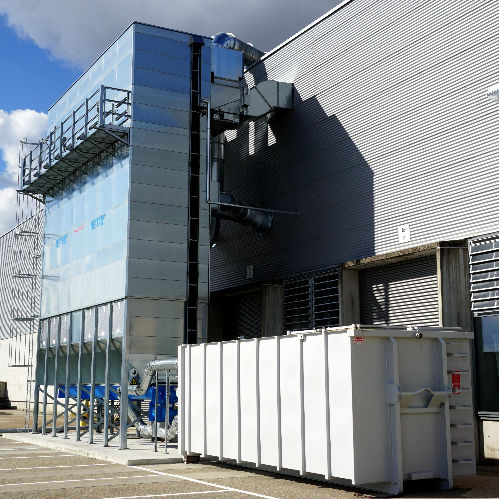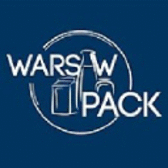The intermediate filter separates the raw gas in the intake section. The cleaned air can then be fed back into the work areas. The benefit of the NESTRO intermediate filter is that it can be expanded to an airflow rate of over 200,000 m³/h, as it consists of individual modules. This means that the filter can be expanded at any time.
If the intermediate filter is equipped with the NESTRO back pressure system (vibration plus purge air), continuous operation is guaranteed: Back pressure filters are additionally equipped with filter purge air for continuous cleaning. Each filter element is separated as a separate chamber during cleaning. The filter is thus ready for use 24 hours a day without a break! With this combined purge air flap technology, the filter bags are blown through with air from the outside to the inside. The motor-driven cleaning has a supporting effect. The purge air is taken from the dry return air, as the filter bags would be clogged by moisture when the outside air is sucked in. During the shaking process, the filter bags do not come into contact with the cladding, so there are no signs of wear due to vibration.






